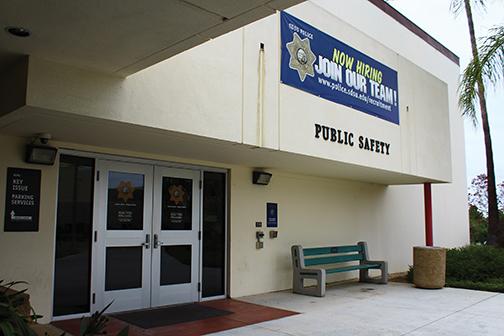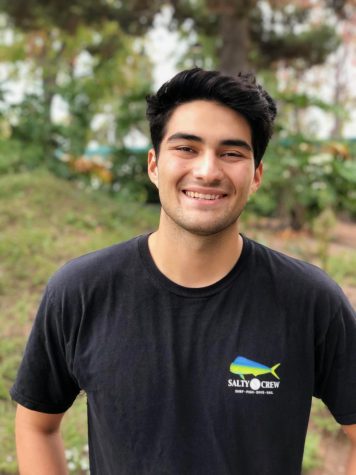University police have released the new campus-wide Active Shooter Safety Response Initiative in hopes of educating the San Diego State community on how to react in an active shooter situation.
The creation of the initiative started last spring when an active shooter task force evaluated all the active shooter methods the university was using. With the information the task force gathered, the new Active Shooter Safety Response Initiative was developed and announced in a campus-wide email on March 11.
The main focus of the initiative was an 11-minute video, narrated by SDSU Police Chief Josh Mays that covers possible ways to react during an active shooter incident, how students can sign up for emergency notifications, how to identify warning signs in the shooter and how to report information to the police.
In an effort to keep up with 21st Century technology, the police department said they knew a video was necessary to get the word out about active shooter situations.
“Looking at what we could do to increase exposure to this topic and also to get more into the 21st Century, we were like, ‘We need a video,’” said university police spokesperson Raquel Herriott.
“Run, hide, fight” is the department’s main approach on how to respond to an active shooter, a switch from the ALICE (alert, lockdown, inform, counter, evacuate) method. The new tactic is gaining popularity among other college campuses such as the University of Michigan and Northwestern University for its short phrases that are memorable and effective.
“When you’re in the situation and when you need to think a lot more quickly, we wanted something that was a lot more simple and that people could recall,” said Herriott. “So, after doing a lot of research, the task force recommended the ‘Run, hide, fight’ method.”
Other information in the video included a tutorial on how to sign up for SDSU text messaging alerts, which students can do through WebPortal. SDSU students are automatically signed up for email alerts — however, students must submit their cell phone information under the emergency contact information in their WebPortal to receive text alerts.
Although Herriott said an active shooter on campus is highly unlikely, the SDSU Police Department is taking a proactive approach to ensure all feel safe on campus.
“Our goal is really to provide as many resources as possible to not only to our students, but our staff, our faculty and everyone who visits our campus,” Herriott said. “Although we know that it is unlikely, we have to be prepared. Taking a proactive approach into really learning how best to respond and just looking as these resources can be life changing.”
Overall, the video has received praise, easing students’ minds on active shooter situations.
“I think it [the video] is a really good step in making people comfortable with the idea of an active shooter situation happening,” kinesiology sophomore Rebekah Shinn said. “Even though I am pro-guns, I would hate for someone to come to school with a gun. The video did well in helping people understand what to do if it were to happen.”
However, criminal justice sophomore Isaiah Franco said he believes there are a few minor improvements could have been made.
“I thought the video was very informational and it really planned out what to do if there was a school shooter,” Franco said. “However, I feel like they could have explained the mindset of the school shooter, like what he or she would be thinking during the event.”
According to Herriott, the roll-out for the initiative was strategically thought out, as the police department met with valuable stakeholders on SDSU’s campus. Though all students received an email with information about the initiative and a link to the video, some students might not take the extra time to be informed about an issue that has been very prevalent in recent years.
“I would make the video mandatory to watch before your freshman year, like the Title IX and the drug and alcohol one,” Shinn said.
The new video can be used to supplement in-person training by the SDSU police. Those wanting tailored in-person training are encouraged to email cro.pd@sdsu.edu.












